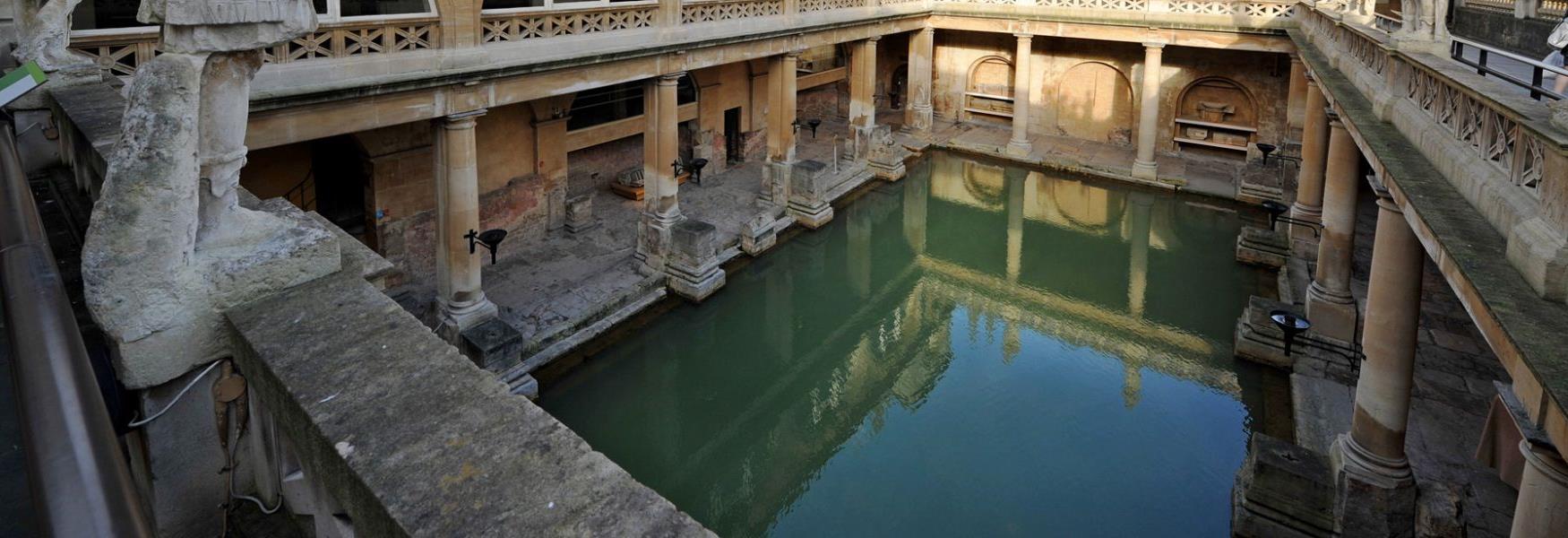To build your own Itinerary, click  to add an item to your Itinerary basket.
to add an item to your Itinerary basket.
Already saved an Itinerary?



You are here: UK History > Roman Britain > Roman Wales
The Roman Empire held a military occupation in most of Wales, except the region around what is now the Gower Peninsula from 48AD when they began their campaign until around 383 AD when Wales was eventually abandoned.
Wales was rich with natural resources and the Romans were keen to extract the gold, copper, lead, zinc and silver which were plentiful there. The Roman campaigns in Wales appear in several sources with records showing the continuous battles with the five native tribes that made up the country.
Historians generally agree that the British Isles were made up of Celtic tribes before the invasion, all of which spoke various Celtic languages. The area now known as Wales had no political or social unity and unlike other areas, the Romans did not give the area any distinctive names. Also as Northern and Southern Wales had notable cultural differences before the invasion, the country cannot be described in the same way that it is now. It is believed that Wales before the Roman invasion was similar to Iron Age southern Britain.
Prior to the invasion of Wales, the Roman military controlled all of south Britain and part of the Midlands, as well as controlling most of the centres of wealth, trade and resources.
The first part of Wales to be conquered by the Romans was the Isle of Anglesey in AD60. Much of the information we have about the Roman invasion of Wales comes from the writings of Tacitus. We know that the Druids had all mostly fled to Wales and were using it as their stronghold, which is why the Romans were so keen to take the country. Boudica’s rebellion in eastern England helped halt the invasion of Wales, however by 77AD, most of Wales was subdued. Only one tribe remained unscathed through the conquest, the Demetae, they didn’t oppose Rome and continued to develop isolated from surrounding tribes and the Roman empire. They continued to thrive even after Roman rule.
One of the reasons why Britain was so sought after by the Roman Empire was because of its mineral wealth, which was well known. After the invasion, all mineral extractions were under military control, as mineral rights belonged to the emperor. While mining, other substances were discovered, including gold, copper, lead, zinc and silver.
Gold was previously mined by the tribes in the area prior to the invasion, but Roman engineering would greatly increase the amount that could be extracted. This alone would have been of huge economic significance to the empire.
By the time the Romans occupied the whole of Wales, they mined gold, created Roman roads and set up military bases. Most of the remains of the Roman invasion that can be seen in Wales are military in nature. It is thought that the area was jointly managed by the legionary base in Chester and Caerleon, where you can still visit Roman remains.
Wales was a Druid stronghold prior to the invasion and the Romans all but wiped them out while taking Anglesey. The arrival of Christianity to Wales is unknown and there is evidence that there was a strong non-Christian movement particularly along the border with southern England.
When it comes to Wales, troops were the only indication of Roman rule, so when the troops left, rule ended. This took place over a course of several years, eventually leaving Wales to its own devices. The Roman way of life is said to have continued in the south of Wales until around the 6th century, however other areas saw a change much sooner, especially in those areas that saw a large Irish settlement.
Unlike English, there is little evidence that the Latin language had any influence on the native tongue of Wales. There are only a few instances of Latin roots in Welsh.
According to Welsh traditions, Magnus Maximus was the central figure in Britain in the post-Roman era. Royal and religious records from the Middle Ages have him written as being the ancestor of Welsh kings and saints, however, in some stories, he is a Roman Emperor who marries a British woman. In reality, he was a Roman general who served in Britain in the 4th century, who made a bid for Imperial power. He is known to have left Britain with the rest of the troops in around the 5th century but would return later as emperor of the Western Roman Empire to fight the Picts and the Scots in what is now modern Scotland.
© Visit Heritage 2025. All Rights Reserved

.png)


